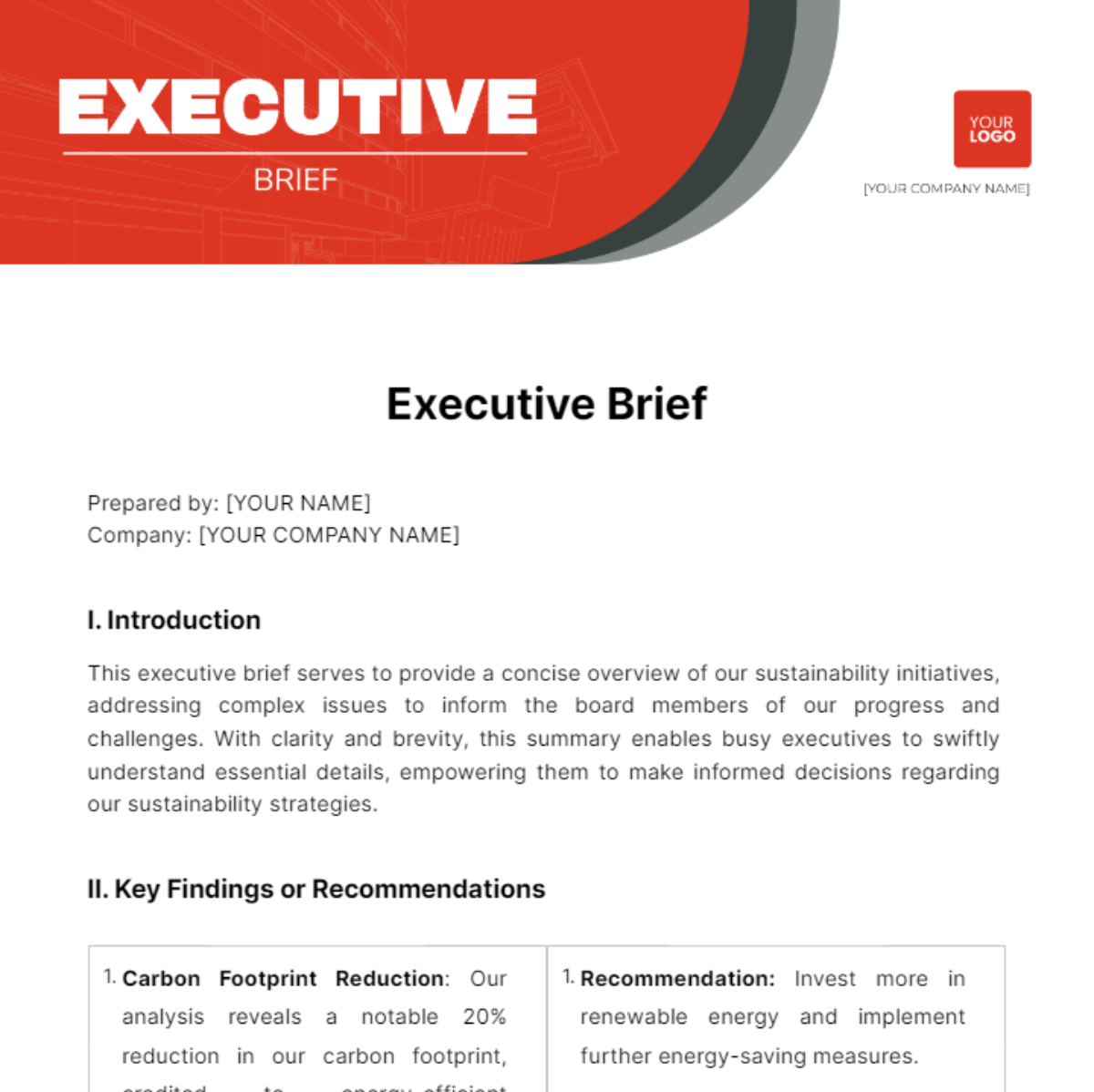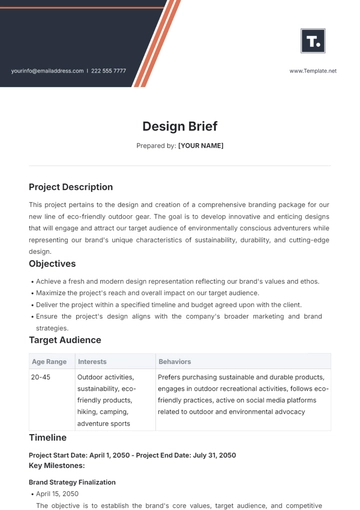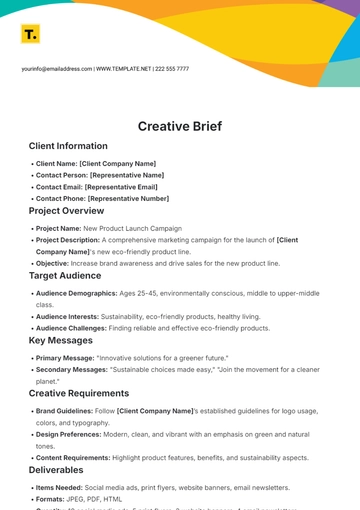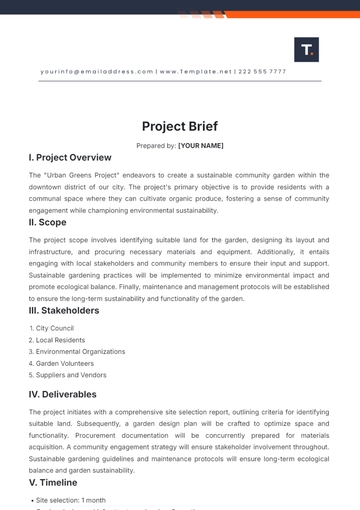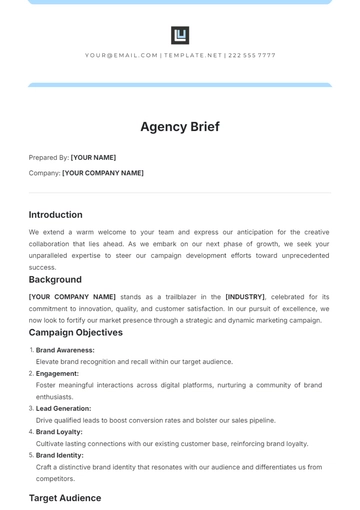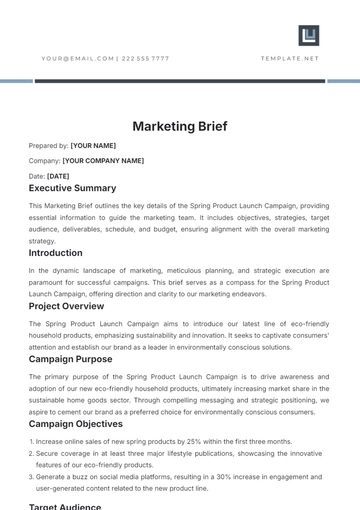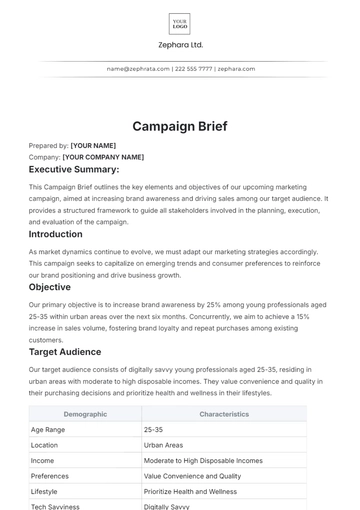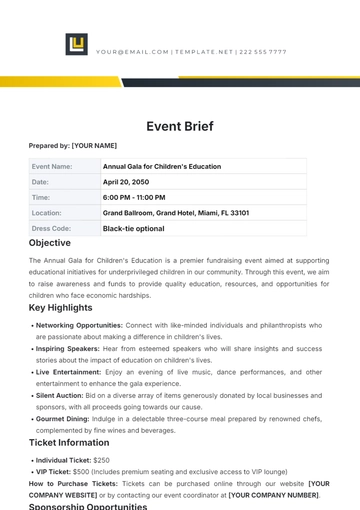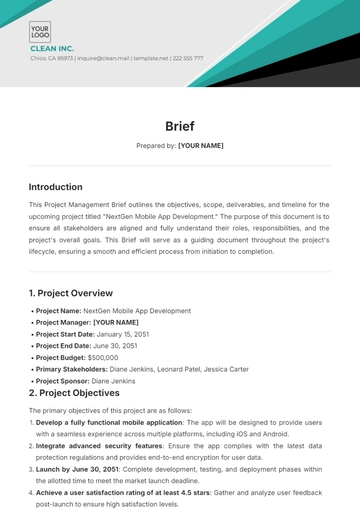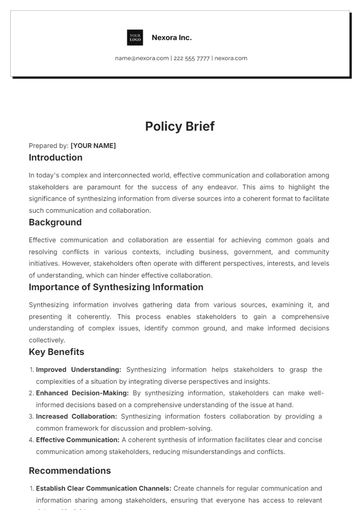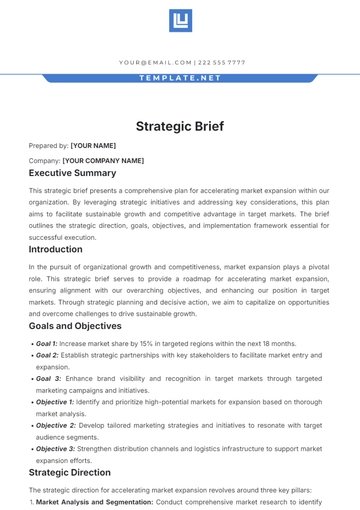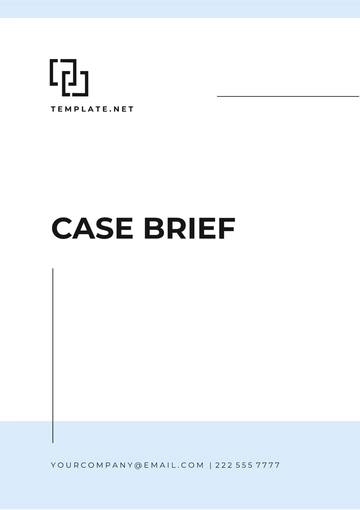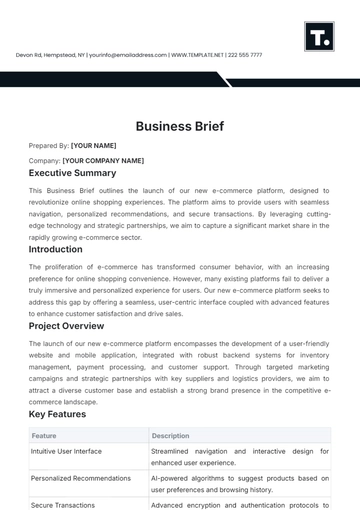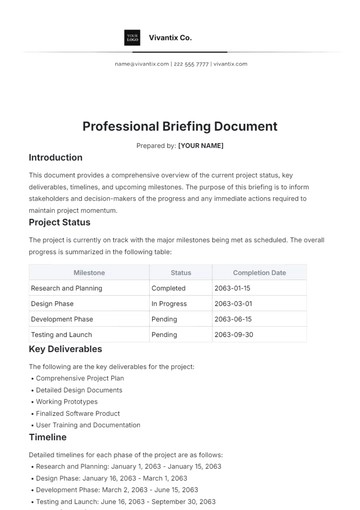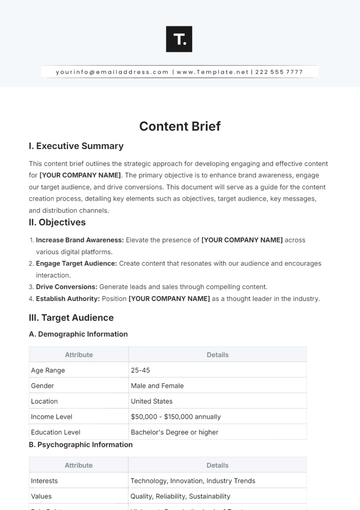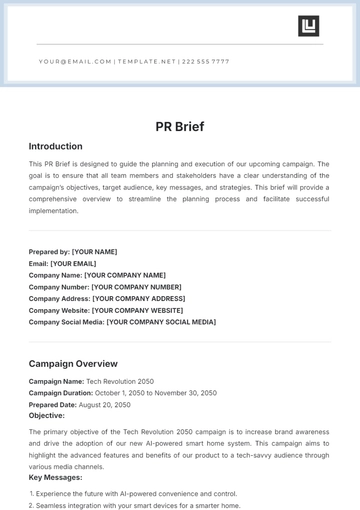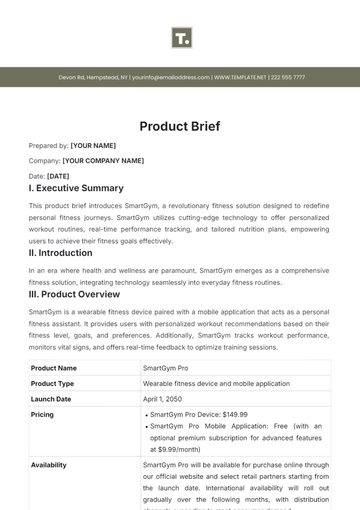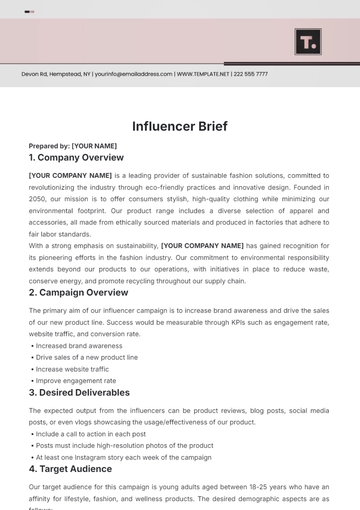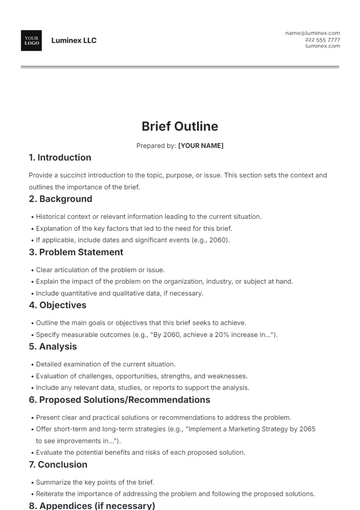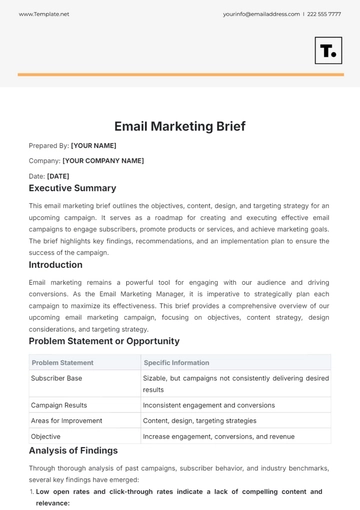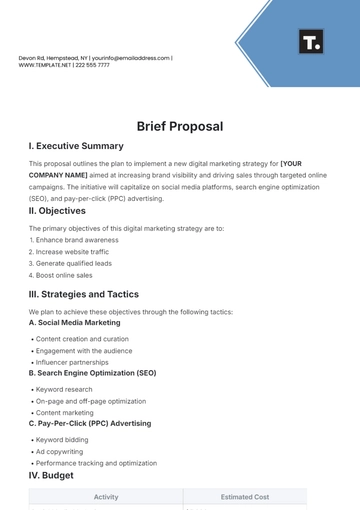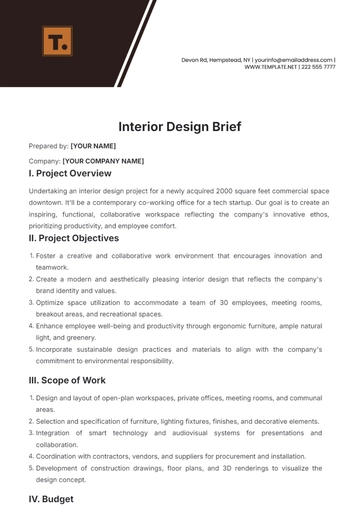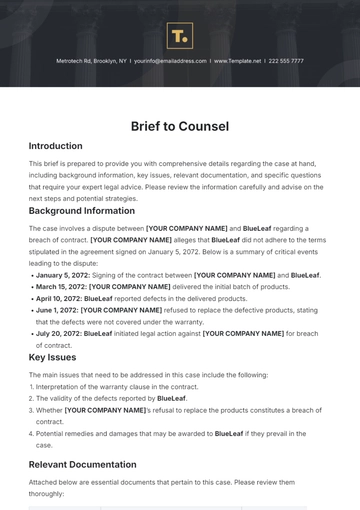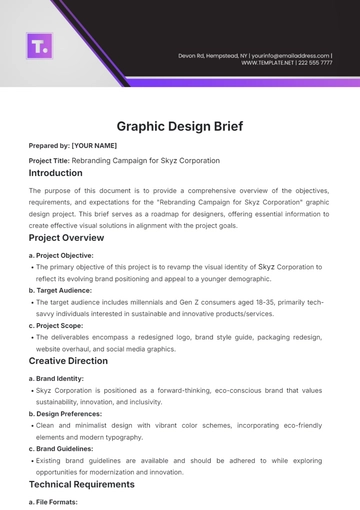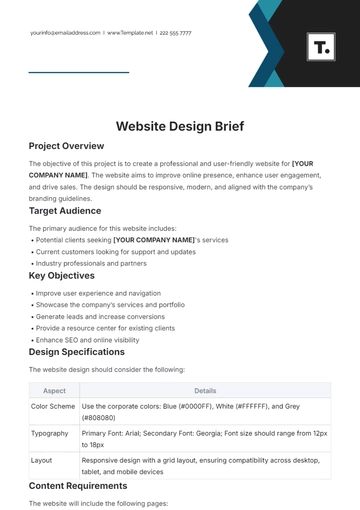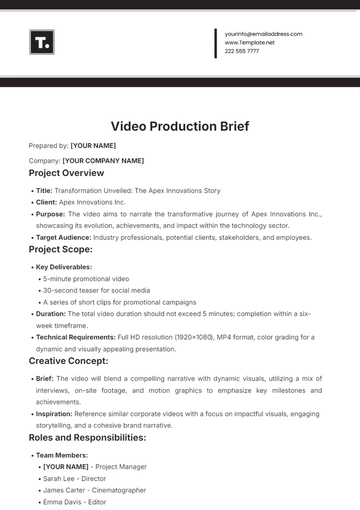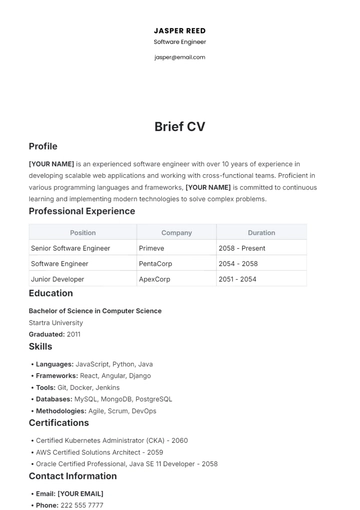Executive Brief
Prepared by: [YOUR NAME]
Company: [YOUR COMPANY NAME]
I. Introduction
This executive brief serves to provide a concise overview of our sustainability initiatives, addressing complex issues to inform the board members of our progress and challenges. With clarity and brevity, this summary enables busy executives to swiftly understand essential details, empowering them to make informed decisions regarding our sustainability strategies.
II. Key Findings or Recommendations
Carbon Footprint Reduction: Our analysis reveals a notable 20% reduction in our carbon footprint, credited to energy-efficient practices and renewable energy adoption.
| Recommendation: Invest more in renewable energy and implement further energy-saving measures.
|
Waste Management Optimization: Progress in waste reduction is noted, but improvements are needed in recycling and composting.
| Recommendation: Enhance waste segregation and promote employee engagement for higher recycling rates.
|
Supply Chain Sustainability: Evaluation highlights the necessity for greater transparency among suppliers.
| Recommendation: Enhance waste segregation and promote employee engagement for higher recycling rates.
|
Stakeholder Engagement: Transparent communication is vital for fostering stakeholder trust.
| Recommendation: Develop a comprehensive engagement strategy integrating feedback mechanisms.
|
III. Background
In response to growing environmental concerns and stakeholder expectations, our organization has embarked on a journey toward sustainability. Over the past few years, we have implemented various initiatives aimed at reducing our environmental footprint, promoting social responsibility, and fostering long-term sustainable growth.
IV. Analysis
Through rigorous data analysis and performance tracking, we have gained valuable insights into the effectiveness of our sustainability initiatives. Key areas of analysis include energy consumption patterns, waste generation, supply chain practices, and stakeholder perceptions. Our assessment has revealed both successes and areas for improvement, guiding our strategic decision-making process moving forward.
V. Action Steps
Continuous Improvement: Implement a continuous improvement framework to regularly evaluate and enhance sustainability performance across all operational areas.
Employee Training and Engagement: Provide comprehensive training programs and incentives to empower employees to actively contribute to sustainability goals.
Supplier Collaboration: Strengthen collaboration with suppliers to drive sustainable practices throughout the supply chain, including joint innovation initiatives and capacity-building efforts.
Stakeholder Dialogue: Foster open dialogue with stakeholders through regular communication channels and engagement platforms to address concerns and gather feedback for improvement.
VI. Conclusion
In conclusion, our sustainability efforts have significantly advanced environmental stewardship and social responsibility. Implementing recommended actions will reinforce our commitment, creating lasting positive impacts. With clear insights and actionable recommendations, the board can confidently guide us toward a more sustainable future.
Brief Templates @ Template.net
